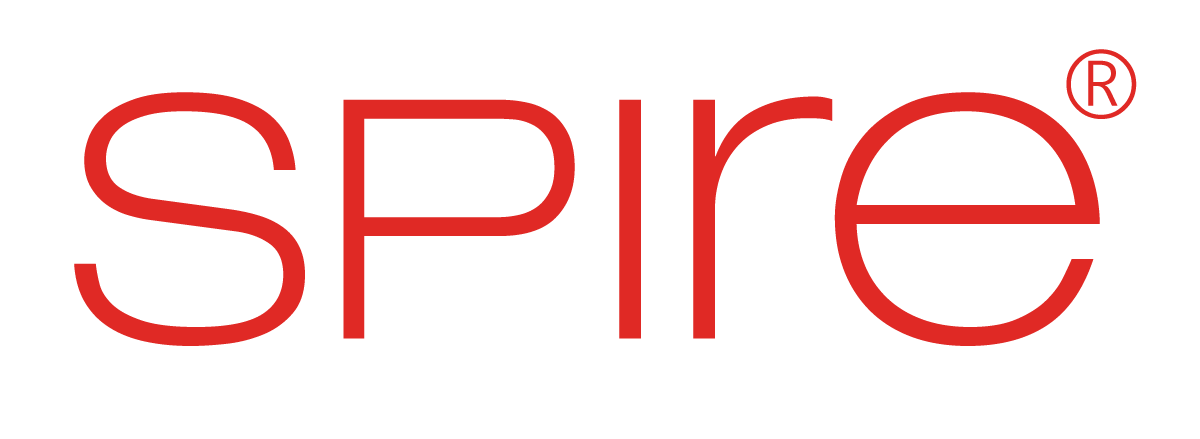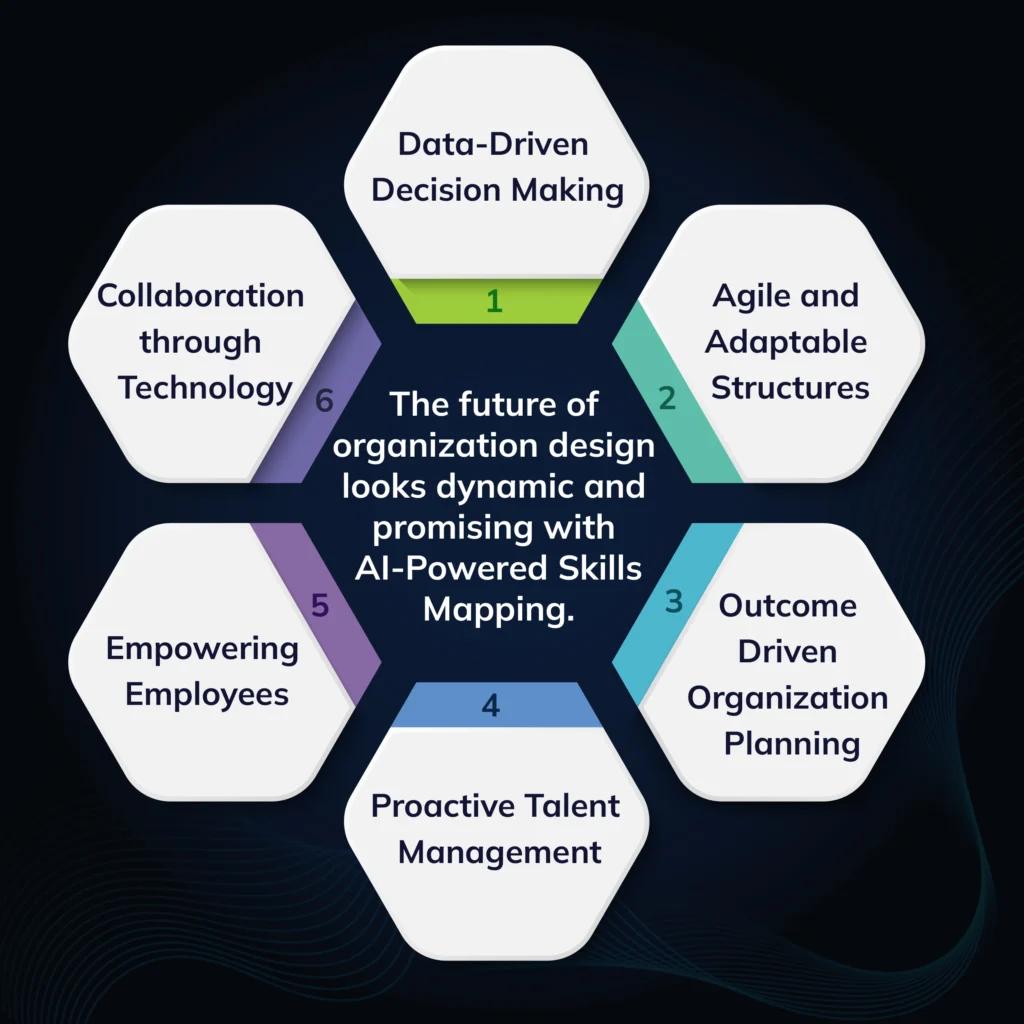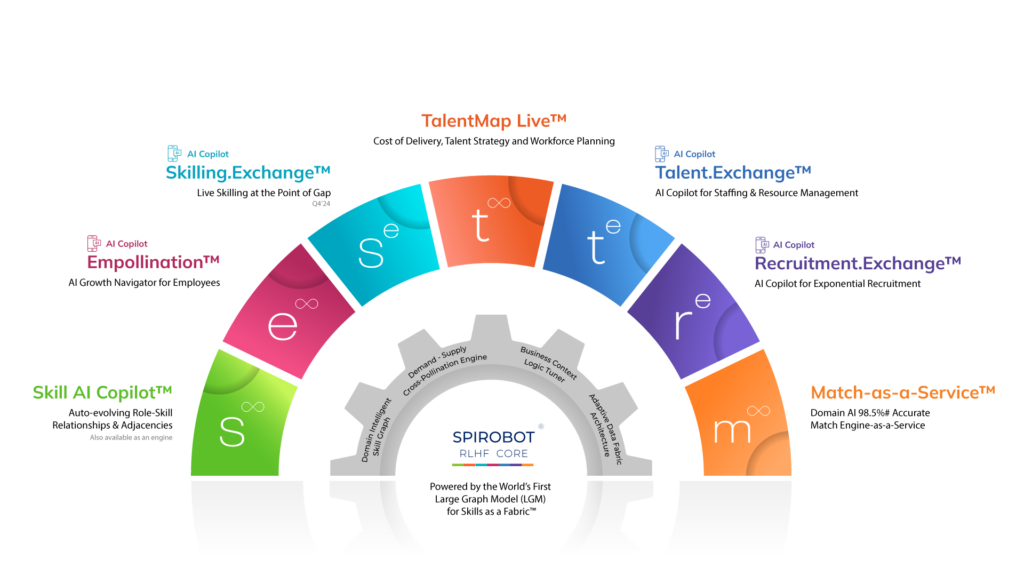Skills mapping has long been a cornerstone of talent management, providing organizations a roadmap for identifying and developing the skills crucial for success. Traditionally, this process involved meticulous manual effort, resulting in static skill inventories that struggled to keep pace with the ever-evolving skill landscape. However, the modern workplace demands a more dynamic approach. Today, skills mapping is undergoing a significant transformation fueled by the power of Artificial Intelligence (AI). AI algorithms are revolutionizing how skills are identified, analyzed, and mapped, offering organizations a competitive edge in a world where agility and adaptability are paramount. This article explores the limitations of traditional skills mapping. It delves into how AI is reimagining the field, empowering organization designers to build future-proof talent strategies for the workforce of tomorrow.
The Limitations of Traditional Skills Mapping
Traditional skills mapping practices often rely on manual, time-consuming processes. These involve creating static skill inventories, manually matching skills to roles, and relying on infrequent updates. This approach faces significant challenges:
- Uni-dimensionality: Traditional methods often focus on a single skill per role, failing to capture the complex interplay of skills needed for effective performance.
- Manual Maintenance: Updating skills maps is tedious and error-prone, leading to outdated information and inaccurate talent insights.
- Scalability: Traditional approaches face significant challenges regarding scalability, particularly in larger organizations with a growing workforce or evolving job requirements. This limitation hampers their effectiveness and underscores the need for a more advanced solution like AI.
Artificial Intelligence (AI): The Engine Powering Dynamic Skills Mapping
The modern business landscape requires a dynamic, ever-evolving skill and talent picture. Here’s where AI steps in as the architect of a revolutionary approach to skills mapping.
AI algorithms are powerful tools for extracting valuable insights from vast troves of data. This data includes job descriptions, employee performance reviews, internal documents, and industry trends. By analyzing these datasets, AI can:
Automate Skill Discovery
Large Graph Models for Skills (LGMs) empower AI to delve into text-based data sources, automatically identifying the essential skills required for different roles. This eliminates the need for manual analysis and reduces the risk of human bias.
Craft Evolving Skills Maps
AI doesn’t stop at initial identification. Its algorithms can continuously learn and adapt, updating skills maps in real time to reflect changing job requirements and evolving business needs. This ensures your skills map remains a dynamic and accurate reflection of the skills needed for success.
Predict Future Skill Gaps
AI can analyze trends and patterns to predict future skill gaps within your organization. This foresight allows you to proactively develop training programs and talent acquisition strategies to fill these gaps before they become critical issues.
Personalize Learning Journeys
AI can recommend personalized learning and development paths for each employee by understanding individual skill strengths and weaknesses. This fosters a culture of continuous growth and ensures your workforce remains equipped with the skills needed to thrive.
Benefits of an Auto-Evolving Role-Skill Framework
An AI-powered, auto-evolving role-skill framework offers numerous advantages for organization designers:
Enhanced Agility: Organizations can respond quickly to changing market demands by adapting their skill requirements and talent strategies based on real-time insights.
An auto-evolving role-skill framework is a system that uses artificial intelligence (AI) to continuously identify and update the skills required for various roles within an organization
Data-Driven Decision Making: AI-powered skills mapping provides data-driven insights to support critical talent acquisition, development, and deployment decisions.
Improved Talent Management: Organizations can optimize their talent pool by identifying people with the necessary skills for open positions.
Personalized Development: Organizations can create personalized employee learning paths by better understanding individual skills and fostering continuous growth and development.
Reduced Bias: AI-driven skills mapping can help to reduce unconscious bias in talent management processes by focusing on objective skill assessments.
Spire.AI Copilot for Talent: Leveraging the Power of AI for Skills Mapping
Our leading AI-powered talent management solution offers an innovative auto-evolving role-skill framework. This framework leverages the power of Large Graph Models (LGM) for skills and domain-intelligent platforms to:
Identify Complex Skill Mixes
Spire.AI uses its LGM to analyze vast datasets and automatically identify the intricate mix of skills needed for every role at different levels (base, enhanced, expert).
Ready-to-Go-Live Framework
The framework comes pre-populated with relevant skills and mappings, reducing the need for extensive customization.
Easy Configuration
The framework offers easy configurability for specific business contexts, allowing organizations to tailor it to their unique needs.
Single Source of Truth
It is a centralized repository that ensures consistent and reliable skills data across all talent management systems.
The Future of Organization Design with AI-Powered Skills Mapping
The future of organization design lies in leveraging the power of AI-powered skills mapping. By utilizing AI, organizations can build dynamic skill frameworks that continuously adapt to the evolving business landscape. In this new era, organization designers will become strategic partners, utilizing AI insights to design agile and future-proof organizations with a workforce equipped to thrive in the ever-changing world of work.
Here’s how this transformative approach will reshape the way organizations are structured and managed:
Data-Driven Decision Making
Traditionally, organization design decisions relied heavily on intuition and anecdotal evidence. AI-powered skills mapping replaces this guesswork with a foundation of solid data. By providing real-time insights into skill gaps, talent distribution, and future skill needs, AI empowers organization designers to make informed decisions around team structures, talent acquisition strategies, and skill development programs.
Agile and Adaptable Structures
The modern workplace’s dynamic nature demands that organizations be more agile and adaptable. Skills mapping powered by AI allows organization designers to create flexible, collaborative structures that adjust to rapidly changing business needs. Gone are the days of rigid hierarchies; AI will enable the creation of cross-functional teams with the right skill mix to tackle any challenge.
Focus on Outcomes, not Outputs
The traditional focus on outputs in organization design is shifting towards a more outcomes-driven approach. AI-powered skills mapping allows organization designers to move beyond simply filling roles to designing for specific business outcomes. This approach ensures that every team member possesses the skills necessary to drive performance and achieve desired results by aligning skills with strategic objectives.
Proactive Talent Management
AI-powered skills mapping illuminates the organization’s current and future skill needs. This foresight allows for a proactive approach to talent management. By identifying potential skill gaps early on, organization designers can develop targeted training programs and upskilling initiatives to bridge them before they become critical issues. Additionally, AI can identify high-potential employees with the right skills and aptitude for future leadership roles, enabling organizations to invest in their development and create a strong talent pipeline.
Empowering Employees
The future of work is all about employee empowerment. AI-powered skills mapping can be a powerful tool for fostering a culture of continuous learning and development. By providing personalized insights into individual skill gaps and growth opportunities, AI equips employees to take ownership of their careers and actively shape their skill sets for future success that also aligns with the organization’s future vision. AI-driven platforms can automatically recommend relevant training resources, connect employees with mentors, and track progress toward development goals. This empowers employees to become active participants in their career journeys.
Collaboration through Technology
AI won’t replace organization designers; it will empower them. By automating tedious tasks and providing valuable data-driven insights, AI will free up time for organization designers to focus on more strategic initiatives. This allows for a more collaborative approach, where designers can work alongside other stakeholders, such as HR leaders and business unit heads, to build an organization that thrives in the dynamic world of work.
Embracing the Future of Organization Design With AI – Final Thoughts
In conclusion, the future of organization design is no longer a static workflow that is reactive to demands and outputs but a dynamic operation constantly evolving with the changing skills of the workforce. AI-powered skills mapping is the conductor of talent management that fosters agility, adaptability, and a future-proof workforce.
By leveraging data-driven insights into skill gaps, future needs, and individual strengths, organizations can design structures for optimal outcomes, empower employees through personalized development, and proactively build a talent pipeline for continued success. The future of work is dynamic, but with AI-powered skills mapping as your guide, your organization can compose the winning soundtrack. And with an AI Copilot like Spire.AI under your belt, the possibilities are endless.







